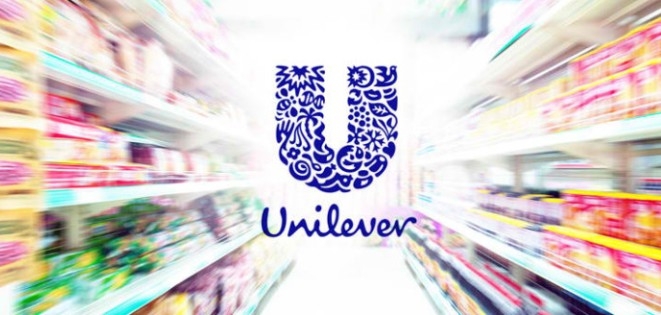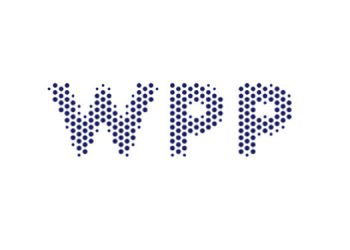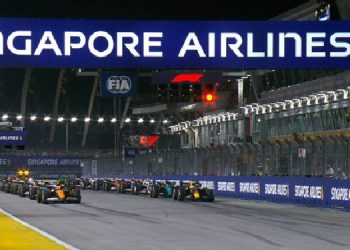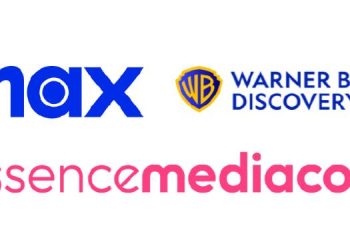
Viewability-based ad trading is fast becoming a part of campaign metrics and Unilever’s vice president of global media for Europe and the Americas Sarah Mansfield has backed its decision to introduce tougher measures in the area because as a big digital advertiser it deserves to “get what we pay for”.
The FMCG giant has introduced strict measures around what it deems an in-view ad impression, announcing that it will only pay for ads that are 100 per cent viewable in a browser – not 50 per cent in view as set out in the industry standard guidelines.
Unilever, along with its agency Mindshare, made the announcement last October in which they also stipulated that for video ads at least half of the video must be played when in view, and that the video player’s sound must be turned on throughout viewing. The user must also press ‘play’ instead of it being an auto-start.
The industry standards for viewability have been spearheaded in the US by the cross-industry Making Measurement Make Sense (3MS) group, and involving Interactive Advertising Bureau (IAB), Association of National Advertisers, and American Association of Advertising Agencies.
In them they state that 50 per cent of the ad must be viewable in the browser for a minimum of one second for display, with video two consecutive seconds.
However, many advertisers have stated this too low to have any real effect, with a large proportion already deciding their own benchmarks for trading using viewability metrics. Brands like Talk Talk in the UK are already running trials using their own benchmark metrics.
Speaking at Mobile World Congress in Barcelona Mansfield said: “We should get what we pay for. There is no other medium where that doesn’t happen it’s as simple as that. The industry standards are just not adequate enough for us as a big advertiser in this space, and that’s why we are championing viewability.
“We are a big spender in digital marketing and we want to ensure we get the best return on our investment, and that means ensuring, be that programmatic or however our ads are delivered to consumers, that we get what we pay for and that our ad is viewed by a consumer. And the industry standards are just not adequate enough for our requirements,” she said.
Earlier this year Google released a report stating that 56 per cent of ads served online were not viewed, triggering alarm among some advertisers.
















